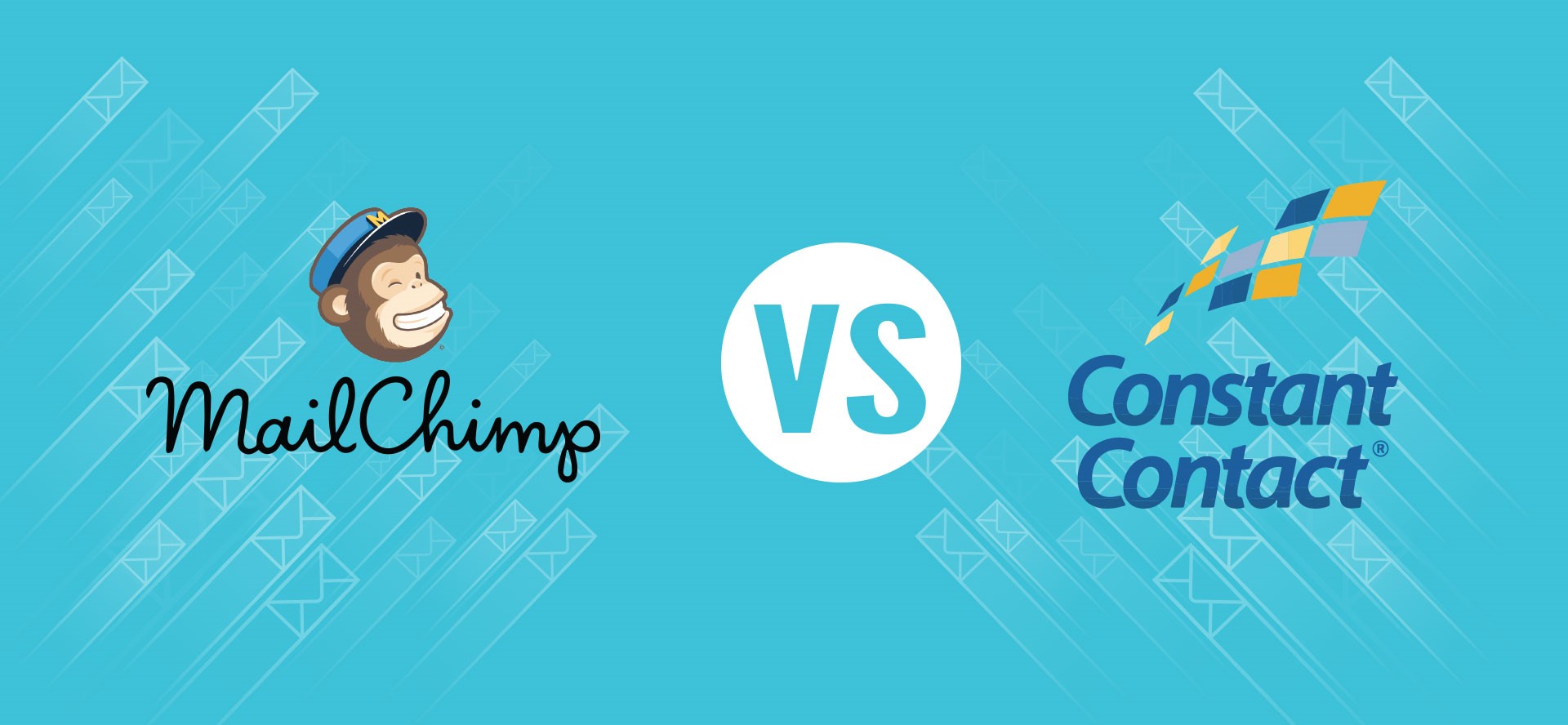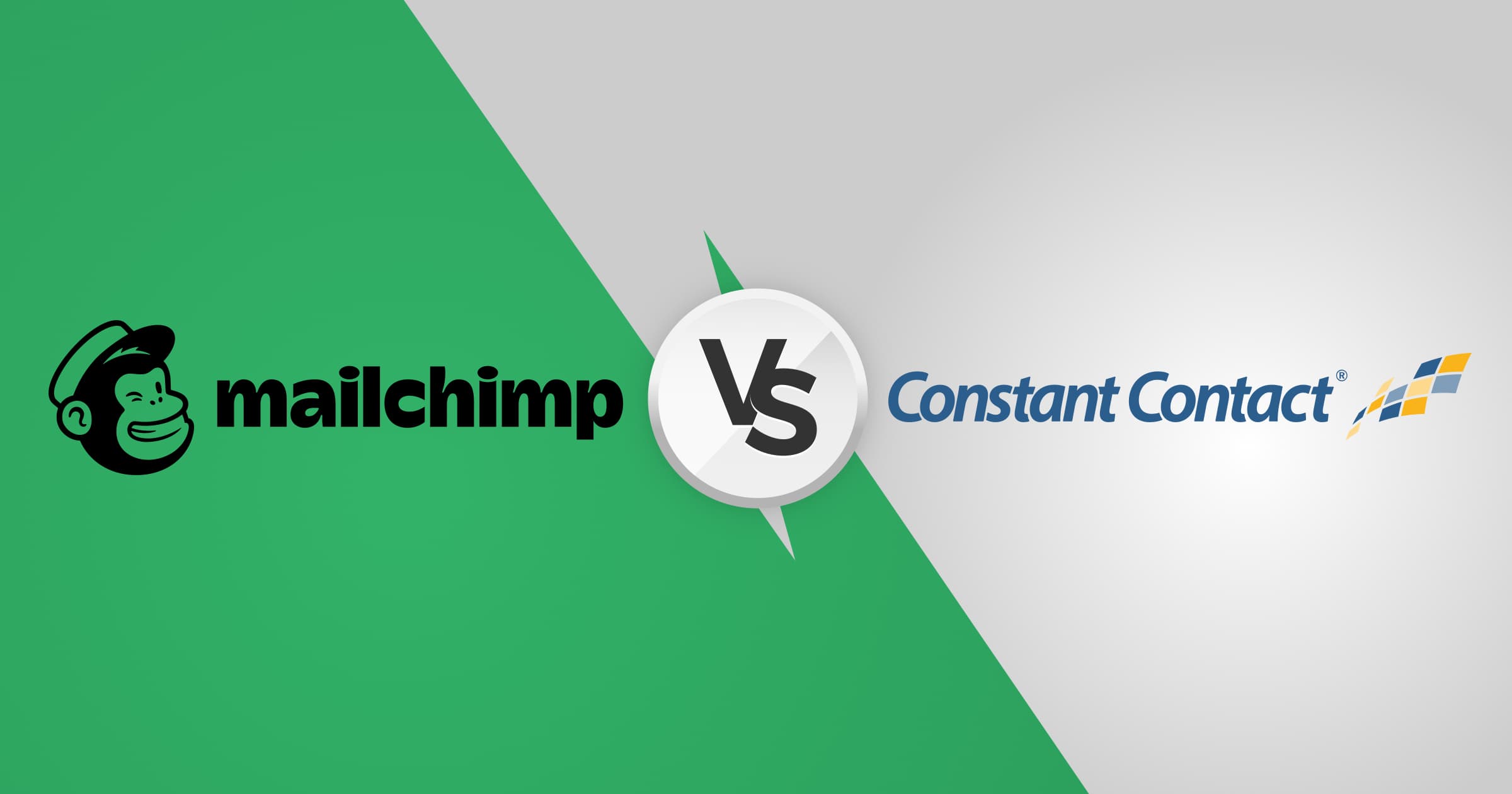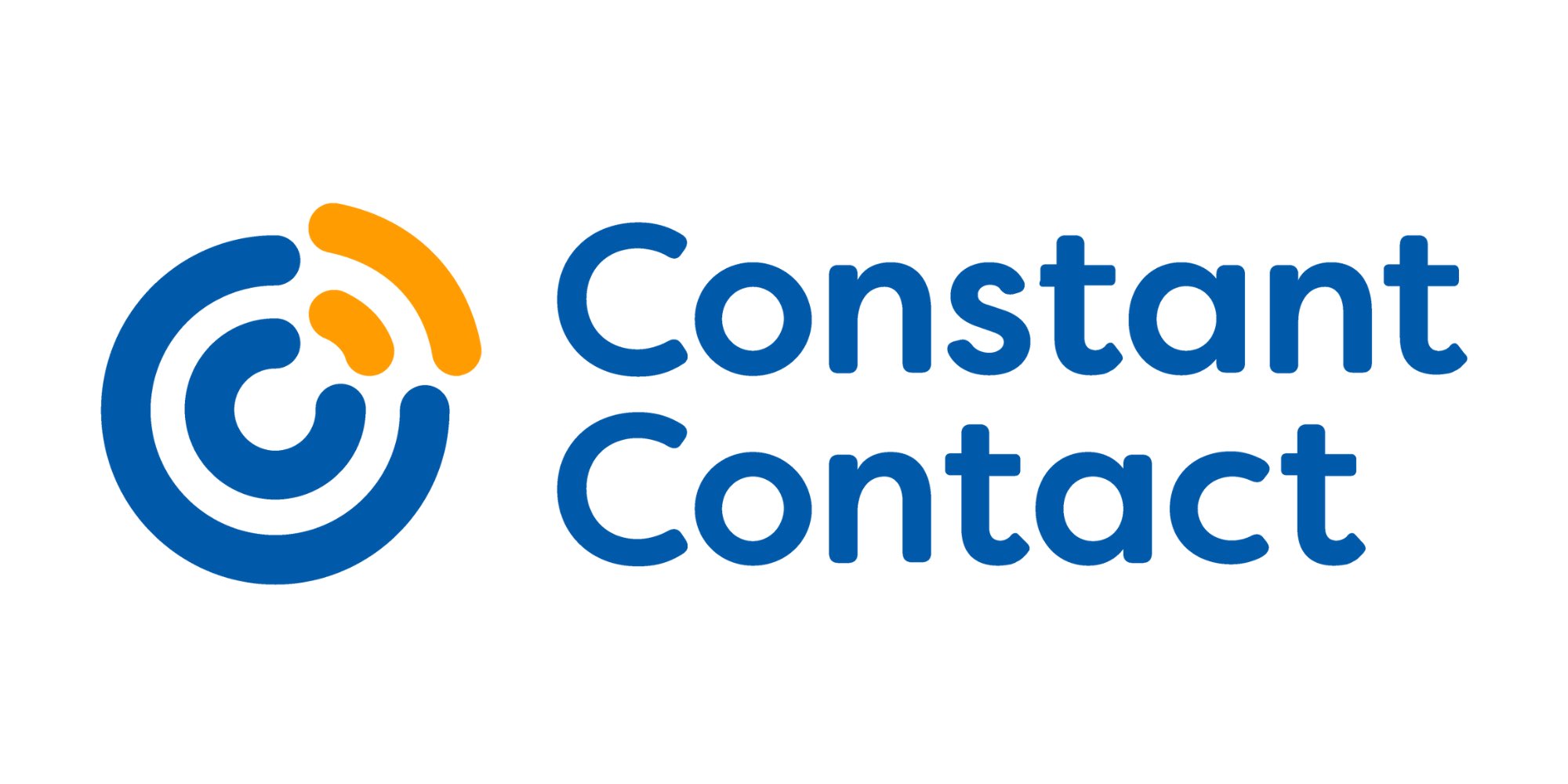Mailchimp Or Constant Contact For Nonprofits: Which Is Best?
Table of Contents
- Introduction: Navigating Email Marketing for Nonprofits
- Understanding the Stakes: Why Email Marketing Matters for Nonprofits
- Mailchimp vs. Constant Contact: An Overview
- Core Features for Nonprofits: A Head-to-Head Comparison
- The Nonprofit Advantage: Unique Features
- Pricing Models and Value for Nonprofits
- Ease of Use and User Experience
- Customer Support and Resources
- Making Your Choice: Tailoring to Your Needs
- Conclusion: Empowering Your Nonprofit's Outreach
Introduction: Navigating Email Marketing for Nonprofits
Choosing the right email marketing platform is a pivotal decision for any nonprofit organization. It's not just about sending emails; it's about building relationships, engaging supporters, and ultimately, driving your mission forward. The dilemma often boils down to two industry giants: Mailchimp or Constant Contact for nonprofits. Both platforms are widely recognized for their robust features, but understanding which one aligns best with your specific organizational goals and budget requires a deep dive into their offerings.
In the bustling world of digital outreach, email remains one of the most effective and cost-efficient channels for nonprofits to connect with their audience. From fundraising campaigns to volunteer recruitment and sharing impact stories, a reliable email marketing solution is indispensable. To help you decide which option is right for your unique business and goals, Forbes Advisor has created this handy Mailchimp vs. Constant Contact comparison, offering valuable insights into their strengths and weaknesses, particularly from a nonprofit perspective.
Understanding the Stakes: Why Email Marketing Matters for Nonprofits
For nonprofit organizations, every dollar and every minute counts. The effectiveness of your communication strategy directly impacts your ability to raise funds, recruit volunteers, and spread awareness about your cause. Email marketing provides a direct line of communication to your most dedicated supporters. It allows for personalized messaging, targeted appeals, and the ability to track engagement, all crucial elements for a successful nonprofit. The platform you choose will influence your efficiency, your reach, and ultimately, your impact.
A well-executed email strategy can transform casual followers into active donors and advocates. It's about nurturing relationships, providing value, and making it easy for people to support your mission. Therefore, selecting a platform that offers the right blend of features, ease of use, and affordability is paramount. This is where the choice between Mailchimp or Constant Contact for nonprofits becomes a critical strategic decision.
Mailchimp vs. Constant Contact: An Overview
Both Mailchimp and Constant Contact are titans in the email marketing arena, serving a vast array of businesses and organizations. While they share many core functionalities, their philosophies and target audiences often differ subtly, which can be a deciding factor for nonprofits. Mailchimp, known for its intuitive design and extensive integrations, has long been a favorite among startups and small businesses looking for a comprehensive marketing automation platform. Constant Contact, on the other hand, is positioned primarily for small businesses and nonprofits, emphasizing simplicity and ease of use, making it particularly appealing to organizations with limited technical resources.
Both Mailchimp and Constant Contact offer valuable features for nonprofits, but the best choice for your organization will depend on your specific needs. It's not a one-size-fits-all scenario. We need to look beyond the surface and delve into the specifics that truly matter for a nonprofit's day-to-day operations and long-term growth.
Core Features for Nonprofits: A Head-to-Head Comparison
When evaluating email marketing platforms for a nonprofit, several core features stand out as essential. Let's break down how Mailchimp and Constant Contact stack up in these critical areas.
Email Template Design and Customization
The visual appeal and ease of creating professional-looking emails are crucial for engaging your audience. Both Mailchimp and Constant Contact provide a wide array of customizable email templates. Constant Contact's features include customizable email templates, making it easy for even beginners to design visually appealing campaigns. Their drag-and-drop editor is straightforward, allowing users to quickly assemble emails without needing design expertise. This simplicity is often a huge plus for nonprofits where staff wear many hats.
Mailchimp also offers a robust drag-and-drop editor and a vast library of templates. Its design tools are often considered more flexible, allowing for deeper customization for those with a keen eye for design or a specific brand aesthetic. If your nonprofit needs a highly branded and unique email experience, Mailchimp might offer more granular control over design elements. However, for quick, effective communication, both platforms excel in providing user-friendly template options.
Audience Management and Segmentation
Understanding and segmenting your audience is key to sending relevant messages, which in turn boosts engagement and conversions (whether that's donations, volunteer sign-ups, or event attendance). Both Mailchimp and Constant Contact let you organize your audience at a few levels. You can create lists, tags, and segments based on various criteria such as donation history, engagement levels, geographic location, or specific interests. This capability is vital for nonprofits looking to send targeted appeals, for instance, a specific campaign for major donors versus a general newsletter for all subscribers.
Mailchimp's audience management is particularly strong, allowing for advanced segmentation based on purchase behavior (which can be adapted for donation history via integrations), website activity, and more complex logic. Constant Contact also offers robust segmentation tools, albeit with a slightly simpler interface, making it very accessible. For nonprofits, the ability to segment donors from volunteers, or active supporters from lapsed ones, is invaluable for crafting personalized and effective communications.
Automation Capabilities
Automation saves time and ensures timely communication, a massive benefit for busy nonprofit teams. Mailchimp and Constant Contact both offer robust automation features, but there are some differences between the two platforms. Mailchimp's automation workflows, often called "Customer Journeys," are incredibly powerful and flexible. You can set up complex sequences based on user behavior, such as sending a welcome series to new subscribers, a thank-you email after a donation, or a re-engagement series for inactive contacts. Mailchimp’s standard plan offers several advanced automation options, including multi-step journeys and conditional logic, allowing for highly personalized communication paths.
Constant Contact also provides automation tools, focusing on essential workflows like welcome emails, birthday greetings, and automated resends for unopened emails. While perhaps not as intricate as Mailchimp's advanced journeys, Constant Contact's automation is straightforward to set up and highly effective for common nonprofit communication needs. For a nonprofit just starting with automation, Constant Contact's simplicity might be an advantage, while Mailchimp offers more room to grow into complex strategies.
Testing and Optimization
To maximize the impact of your email campaigns, continuous testing and optimization are essential. These tools allow for some powerful testing and customization of your emails. Both platforms offer A/B testing capabilities, allowing you to test different subject lines, content variations, send times, and even sender names to see what resonates best with your audience. This data-driven approach helps nonprofits refine their messaging and improve open rates, click-through rates, and ultimately, conversion rates.
Mailchimp often provides more in-depth reporting and analytics, giving users a comprehensive view of campaign performance, including revenue tracking (which can be adapted for donation tracking). Constant Contact also offers solid reporting, focusing on key metrics like opens, clicks, and bounces, presented in an easy-to-understand format. For nonprofits, understanding what works and what doesn't is crucial for optimizing fundraising appeals and engagement strategies.
The Nonprofit Advantage: Unique Features
Beyond the core email marketing functionalities, certain features specifically cater to the unique needs of nonprofits. This is where Constant Contact truly shines with a standout offering. Constant Contact has a unique feature for nonprofits that Mailchimp just can’t beat: The platform allows you to collect and track online donations on a custom landing page. This integrated donation capability is a significant advantage for fundraising-focused organizations, streamlining the process of accepting contributions and managing donor data all within one platform.
While Mailchimp integrates with various third-party donation platforms (like PayPal, Stripe, or specific CRM systems), it doesn't offer native donation collection and tracking in the same seamless way. For a nonprofit that prioritizes ease of fundraising and wants to keep its tech stack simple, Constant Contact's built-in donation tools can be a game-changer. This feature alone might sway many organizations towards Constant Contact, as it directly addresses a core need for financial sustainability.
Furthermore, Constant Contact often provides specific discounts for nonprofits, making it a more budget-friendly option for many organizations. While Mailchimp also has a free plan (Mailchimp’s free plan allows up to 2500 monthly email sends, as well as access to the free tools that Mailchimp offers, including free website builder), its paid tiers can quickly become more expensive as your contact list grows. Constant Contact's tiered pricing, combined with potential nonprofit discounts, often makes it a more predictable and scalable solution for organizations with fluctuating budgets.
Pricing Models and Value for Nonprofits
Budget constraints are a constant reality for most nonprofits, making pricing a critical factor in the decision-making process. Both Mailchimp and Constant Contact offer different pricing tiers, typically based on the number of contacts you have or the volume of emails you send.



Detail Author:
- Name : Miss Monique O'Hara V
- Username : larkin.dexter
- Email : maybelle16@runte.com
- Birthdate : 1996-05-27
- Address : 68941 Cory Mission East Wilsonberg, ID 29861
- Phone : 1-769-294-9888
- Company : Zulauf, Franecki and Renner
- Job : Mechanical Door Repairer
- Bio : Veritatis quia rerum et. Velit voluptatem cumque commodi. Illo aut minus ad autem velit officia. Rem labore qui similique.
Socials
twitter:
- url : https://twitter.com/aimee_official
- username : aimee_official
- bio : Ab voluptas perspiciatis reiciendis eaque qui. Eos quo est sit consequuntur eos fuga quod. Aut libero voluptatem harum qui molestias.
- followers : 967
- following : 2285
instagram:
- url : https://instagram.com/aimeebarrows
- username : aimeebarrows
- bio : Aut consectetur rerum quo nisi laborum laborum. Dicta consequuntur et quos qui quis.
- followers : 1953
- following : 792
facebook:
- url : https://facebook.com/barrows1989
- username : barrows1989
- bio : Neque consectetur explicabo autem. Ut iusto officiis atque dolores.
- followers : 1719
- following : 1900